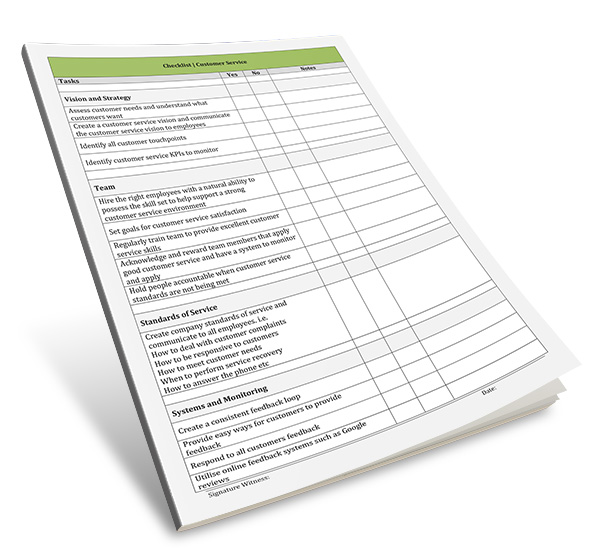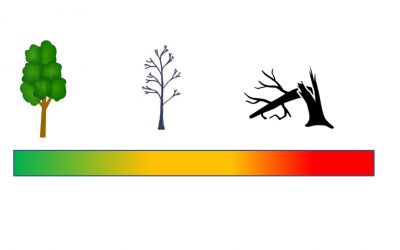Have you ever tried to use someone else’s CV, project plan or holiday checklist using their template and spent more time editing it than it would have taken to create from scratch?
It’s funny how we think it’s easier to tailor something that already exists, rather than creating something new. The same can be said for safety documents, forms and risk assessments too.
We often get asked if we can provide a range of template risk assessments for our customers. Whilst there is a wide range of existing forms available using our document library, we almost always recommend using your own existing risk assessments or creating tailored variations using our online form builder. There are 5 key reasons for this:
1. Templates rarely consider dynamic or onsite elements
Even when a customer has common machinery, assets or safety equipment across their various sites, there will often be differences per site, including:
- Access might be different where members of the public or other working parties could be onsite.
- Differences in process e.g. permit to work systems, emergency arrangements
- Environmental considerations – inherent site hazards (e.g. electricity, gas), changeable weather conditions , ground conditions effecting plant and vehicle access, high winds impacting lifting operations or work at height
2. There is a risk of becoming complacent
Having a long list of templated hazards, risks, and control measures, can quickly become a box ticking exercise, or worse, become a distraction when looking to identify any new hazards and risks associated with the job at hand.
3. They often include irrelevant hazards or risks
From the many customer documents, forms, policies and completed risk assessments we have been shown, a large number tend to include every possible hazard and associated risk known to exist. Whilst being thorough certainly isn’t a bad thing, including every possible risk, no matter how unlikely to occur, can actually have the opposite effect.
For example, even in the ‘great British summer’ the chances of ice being a likely risk from June to August is extremely low and should probably be removed from the risk assessment during this time.

In the event of a serious safety incident a key piece of evidence reviewed by the Health and Safety Executive (HSE) is the task specific Risk Assessment. During past prosecutions, it has been noted by the HSE that organisations have failed in their duty to conduct ‘suitable and sufficient’ risk assessment when the documents become too generic and overly cumbersome.
That said, there are developing hazards and associated risks, the likelihood of falling from height when working at ground level is low but introduce a deep excavation and the likelihood would increase if uncontrolled.
It’s important to assess actual hazards present during the work to ensure the focus remains on the most significant risks.
If onsite teams are constantly having to select or write about hazards & risks that are never likely to happen, there is a good chance they wont be giving the form as much attention as they perhaps should do.
4. It is hard to tell when the template was created or updated
Even if you are satisfied that all of the hazards, risks and control measures are relevant to your current task, by using someone else’s templated document, you have no idea when it was originally created or when it was last updated.
- Does the content and format reflect current legislative or customer requirements?
- Are you able to demonstrate that it forms part of your Safety management system?
- Is it easy to identify when people update the template (e.g. add or remove hazards, risks, and control measures)?
5. “I downloaded it from the internet” so it must be OK
This was a genuine quote from a customer. When they were unable to make the changes they wanted to, they asked if we could help. However without knowing where they downloaded it from nor where the sample data provided come from, it was difficult not to recommend starting from scratch.
If you still want to use templates…
So as promised, above are 5 reasons why you shouldn’t solely rely on risk assessment templates.
It can, however, sometimes be helpful to see an existing template document for guidance or reference purposes. You can use it to build your own documentation, forms and risk assessments by using some of the best bits and adding your own changes as needed.
So if you really do want to use risk assessment templates, you can download the RIskd version here. You can also download some from the Health & Safety Executive website.
.
If you would like to discuss how Riskd Software, mobile app or SHEQ consultancy services could help you with managing risk in your business, feel free to get in touch with our team today.



